Rising Incidence of Infections
The increasing incidence of bacterial infections in South America is a critical driver for the antibiotic resistance market. Reports indicate that the region has witnessed a surge in hospital-acquired infections, with rates rising by approximately 15% over the past five years. This trend is likely to escalate the demand for effective antibiotics, as healthcare providers seek to combat resistant strains. The antibiotic resistance market is thus positioned to expand, as pharmaceutical companies focus on developing new treatments. Furthermore, the economic burden associated with these infections is substantial, with estimates suggesting that the cost of managing resistant infections could reach $2 billion annually in South America. This financial impact underscores the urgency for innovative solutions in the antibiotic resistance market.
Regulatory Pressure for New Antibiotics
Regulatory bodies in South America are increasingly emphasizing the need for new antibiotics to address the growing threat of resistance. Recent initiatives have been introduced to streamline the approval process for novel antibiotics, which could potentially reduce the time to market by up to 30%. This regulatory shift is expected to invigorate the antibiotic resistance market, encouraging pharmaceutical companies to invest in research and development. The market is projected to grow at a CAGR of 8% over the next five years, driven by these favorable regulatory changes. Additionally, the focus on antimicrobial stewardship programs is likely to enhance the market landscape, as healthcare systems prioritize the responsible use of antibiotics.
Emergence of Multidrug-Resistant Bacteria
The emergence of multidrug-resistant bacteria in South America poses a formidable challenge to public health and is a key driver for the antibiotic resistance market. Reports suggest that the prevalence of these resistant strains has increased by 20% in recent years, complicating treatment options for common infections. This alarming trend is prompting healthcare providers to seek innovative solutions, thereby stimulating growth in the antibiotic resistance market. Pharmaceutical companies are likely to prioritize research into novel antibiotics and alternative therapies to address this urgent need. The economic implications are profound, as the costs associated with treating resistant infections could escalate, further driving investment in the antibiotic resistance market.
Growing Public Awareness of Antibiotic Resistance
Public awareness campaigns regarding antibiotic resistance are gaining momentum in South America, significantly impacting the antibiotic resistance market. Educational initiatives led by health organizations aim to inform the public about the dangers of misuse and overuse of antibiotics. Surveys indicate that awareness levels have increased by 25% in the last two years, leading to more responsible antibiotic consumption. This shift in public perception is likely to drive demand for new antibiotics, as consumers become more informed about the implications of resistance. The antibiotic resistance market is thus expected to evolve, with a greater emphasis on developing targeted therapies that align with public health goals.
Increased Investment in Healthcare Infrastructure
The enhancement of healthcare infrastructure in South America is a significant driver for the antibiotic resistance market. Governments are allocating more resources to improve hospital facilities and laboratory capabilities, which is essential for effective infection control and antibiotic stewardship. Recent data indicates that healthcare spending in the region has increased by 10% annually, with a substantial portion directed towards combating antibiotic resistance. This investment is likely to facilitate better surveillance of resistant infections and promote the development of new antibiotics. Consequently, the antibiotic resistance market stands to benefit from improved healthcare systems that can support innovative treatment options and effective management strategies.


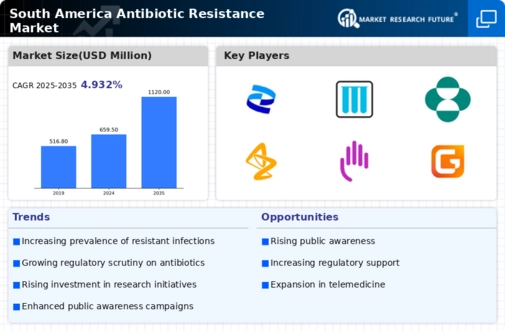
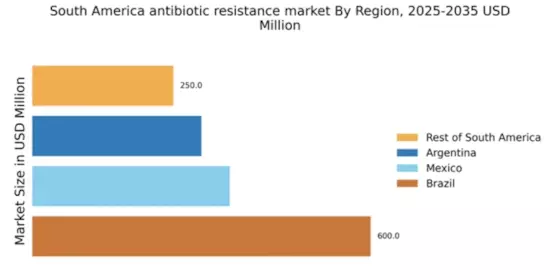
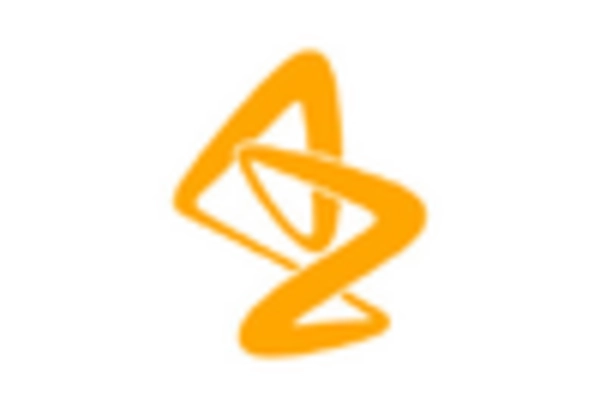

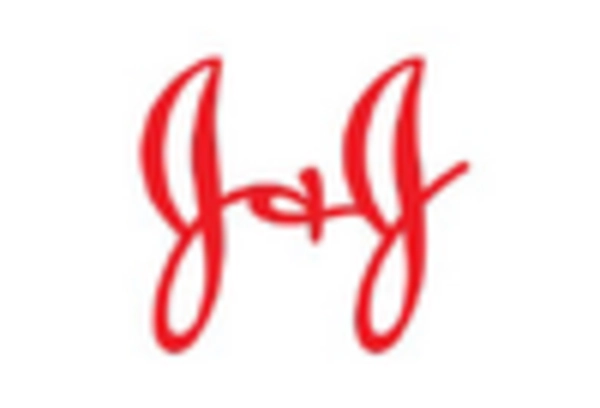
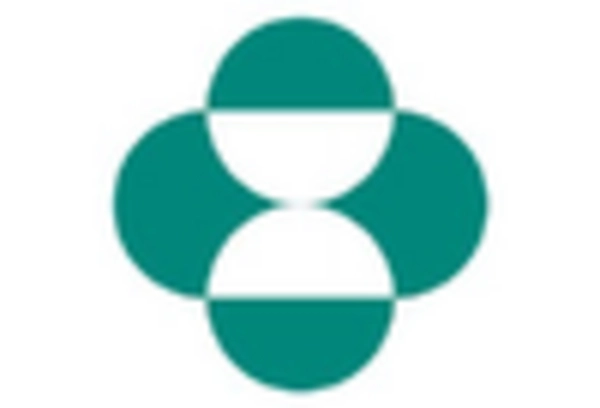










Leave a Comment